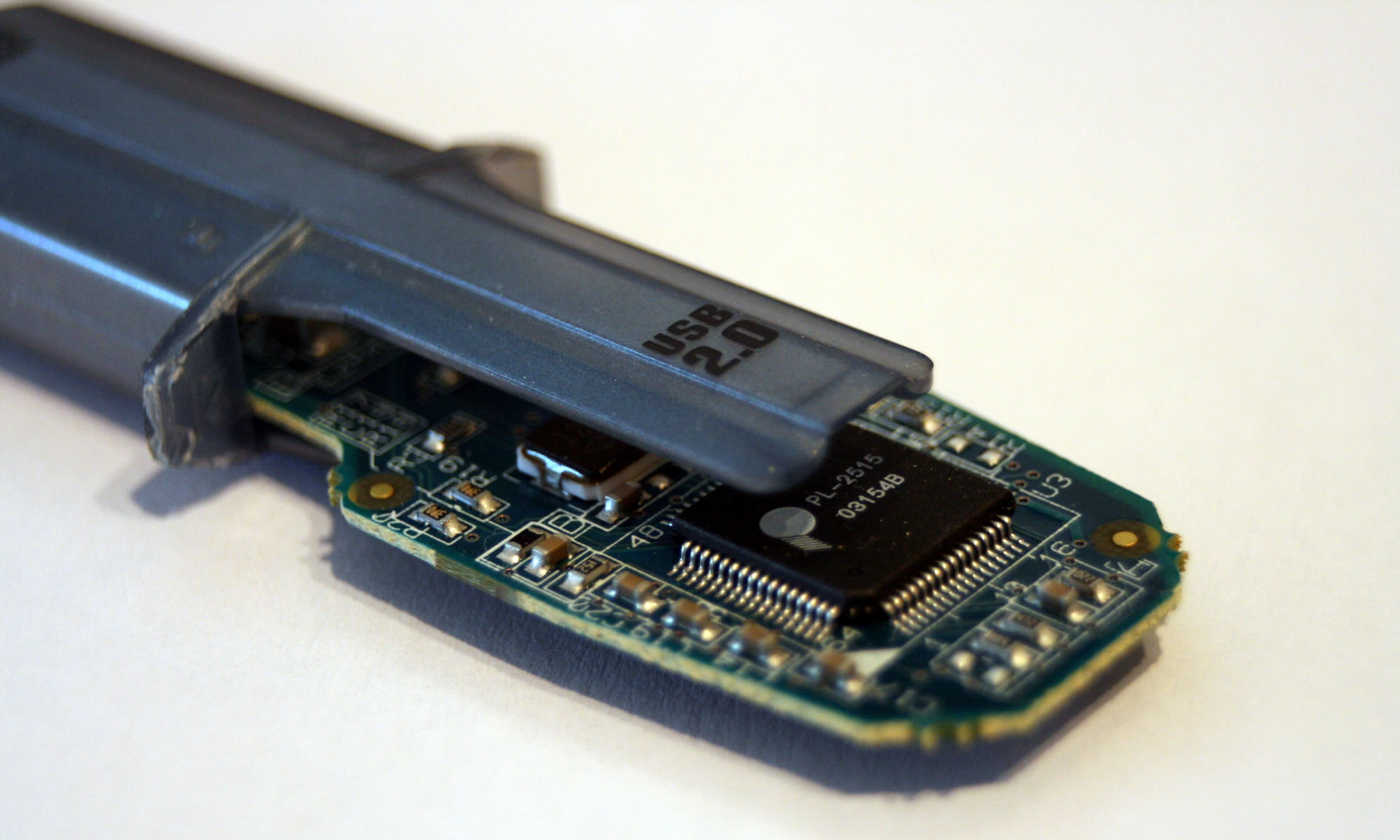Sometimes Apple technology impresses me with it’s reliability and stability and then sometimes it doesn’t…
I have a 2006 Intel iMac, one of their early Intel models and the 250GB HDD is working well today as it did when I first got it. My experiences with other iMacs that I have used at work have been equally impressive. I once did though experience hard drive failure on one of my PowerBooks, but that was because I dropped it….
However when it comes to my home 27” iMacs I have been less lucky.

My original 2009 27” iMac hard drive failed and was replaced by Applecare, only to fail again a few years later. With this failure I ignored the drive and replaced it with an external drive. Eventually the whole system failed.
My new 27” iMac which I got in late 2014 came with a 3TB Fusion Drive. Fusion Drive is Apple’s name for a hybrid drive, which combines a hard disk drive with a NAND flash storage (solid-state drive of 24 GB or more) and presents it as a single Core Storage managed logical volume with the space of both drives combined.
Last month I came to my iMac I found the prohibitory symbol.

When you see a circle with a slash symbol instead of the Apple logo, it means your Mac couldn’t find a valid System Folder to start up from.
I did try reinstalling OS X by using OS X Recovery, but that failed…
Checking my backups I realised that there were some files missing from the back up disks, so using target disk mode (and another Mac) I attempted to recover the files from the failing hard drive. I managed to get some, but unfortunately I couldn’t get them all.
I was thinking of using DiskWarrior (which had helped with my previous iMac hard drive problems, however version 4 which I have is not compatible with OS Sierra. After a while though it became impossible to mount the drive using target disk mode. Disk Utility also failed to do anything except spin the beachball.
The other symptom I saw was the separation of the SSD from the Fusion Drive, this was not good news.
Taking the iMac to the Genius Bar, they were unable to enter diagnostic mode and using a network startup drive, were able to check that the iMac was working fine, and that the problem was with the Fusion Drive.
I had considered using a data recovery firm, but in the end with the majority of the data in my backups I let the Genius Bar attempt to re-build the Fusion Drive, which didn’t work, so they had to replace the drive with a new one.
The next step is to re-build the iMac from scratch, which is nice to do now and again, but is a bit if pain if you have really slow broadband. Really looking forward to getting fibre back in the next two months!
I know I have some missing data, but I think I have the important stuff. One thing I am now considering is getting some cloud based backup which has got a lot cheaper since I last checked it out.
I am slightly disappointed that the Fusion Drive failed after just over two years. For a variety of reasons I didn’t have AppleCare with this iMac, and it is something I will certainly consider for future iMac purchases.











